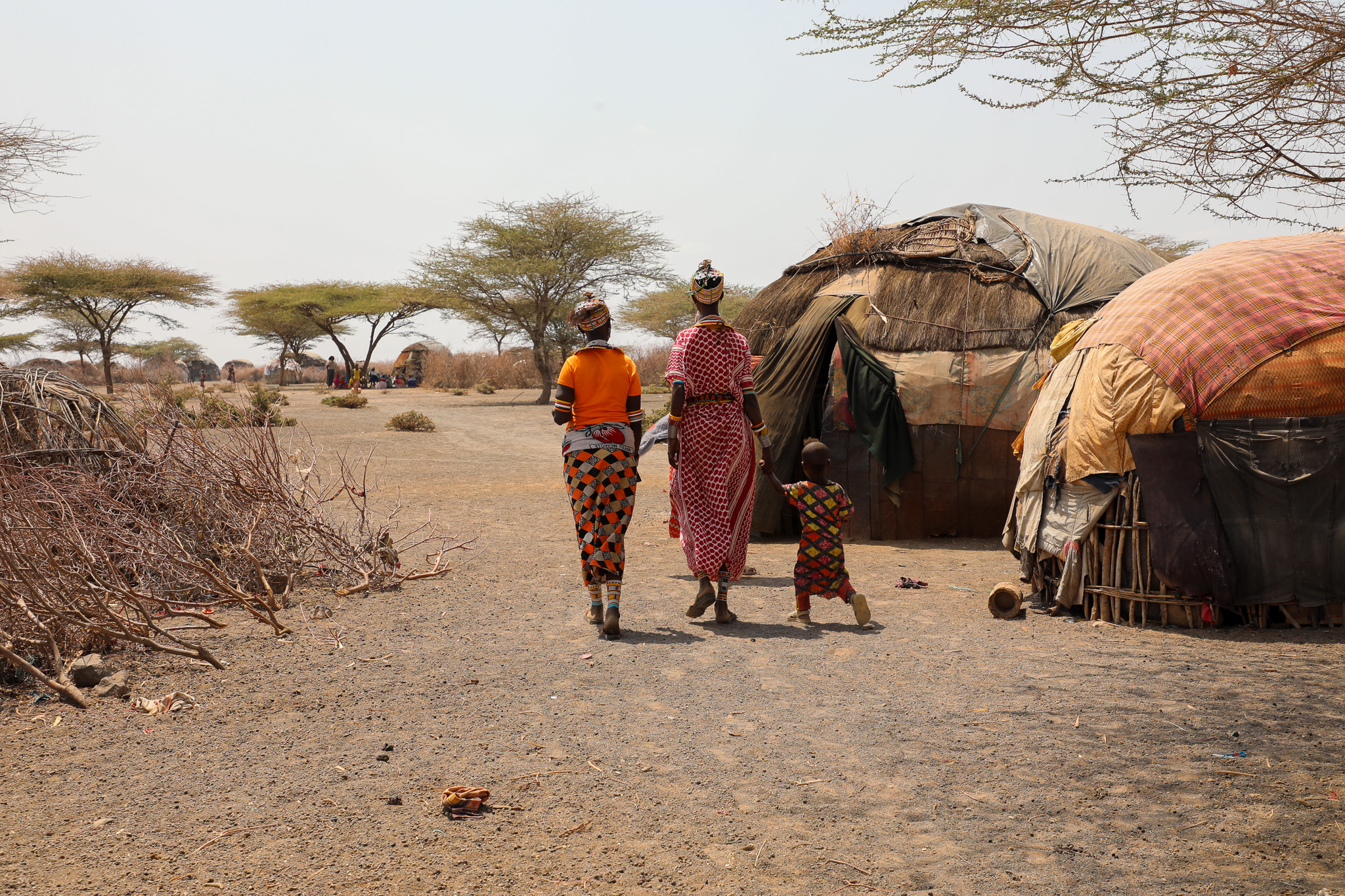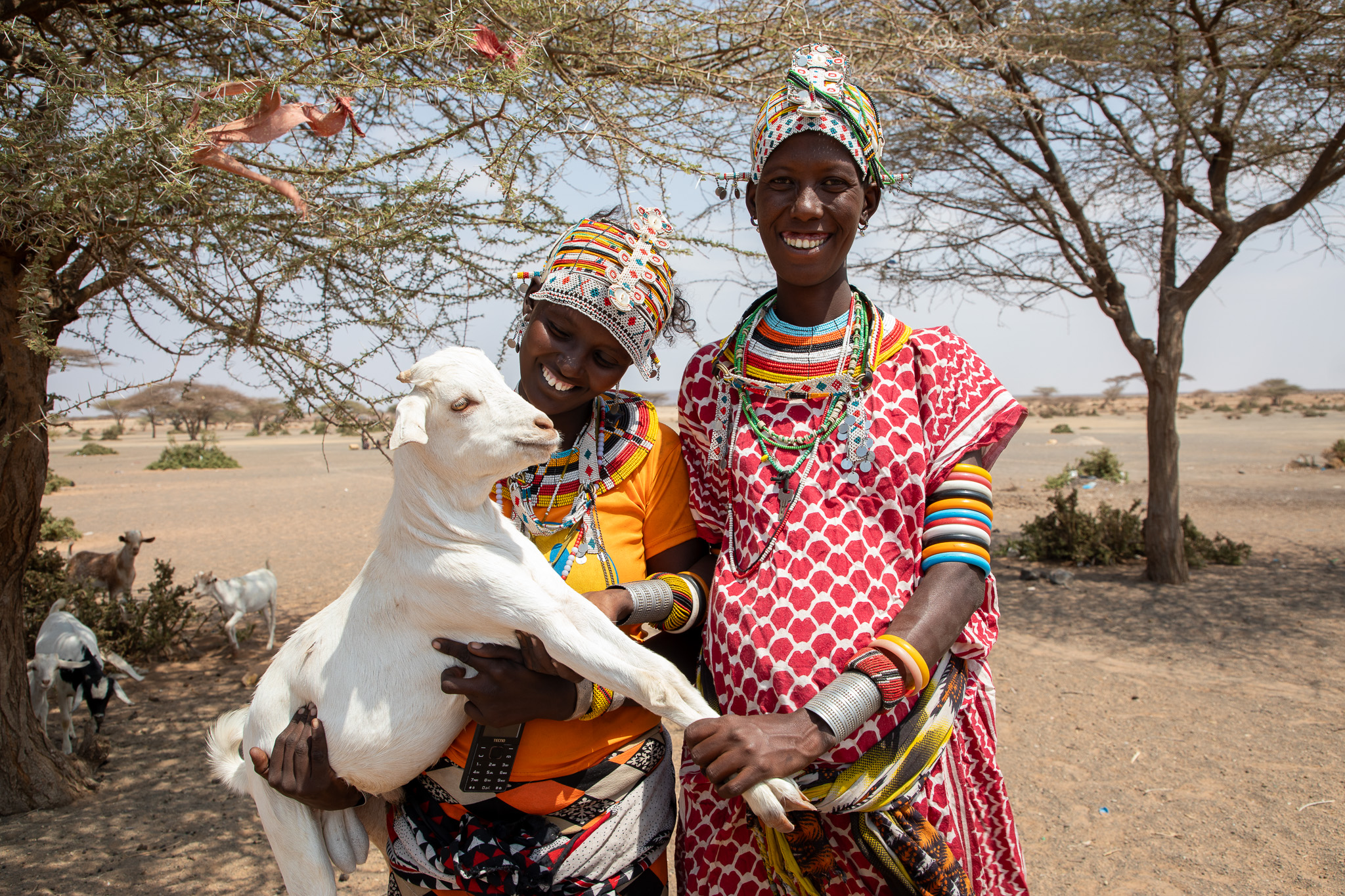Climate Resilience in Africa: How AWF and BOMA Empower Dryland Communities

Kargi Village in Marsabit County, one of the project sites.
The Horn of Africa, home to Kenya, Ethiopia, and Somalia, is a region with remarkable landscapes and rich biodiversity. Yet, it remains one of the hardest hit by the devastating impacts of climate change. Here, climate change is not a looming threat; it's a daily reality.
Severe droughts, floods, and erratic weather patterns now define life for millions. According to the United Nations Office for Disaster Risk Reduction (2024), these extreme climate events have led to widespread food insecurity, water shortages, and land degradation. In response, the African Wildlife Foundation (AWF) and the BOMA Project are leading a five-year initiative focused on building climate resilience in Africa’s drylands—particularly among vulnerable, low-income communities.
Why Climate Resilience Matters in Dryland Africa
As global temperatures rise, rural communities in Marsabit County, Northern Kenya, are among the hardest hit. Here, over 66% of the population lives in poverty, and more than 70% face chronic water scarcity. These conditions have pushed child malnutrition rates beyond emergency thresholds and continue to erode household resilience.
The AWF-BOMA partnership targets these systemic challenges by focusing on nature-based solutions, poverty alleviation, and climate adaptation strategies that are community-led and sustainable.

Community members of Kargi Village and their livestock in Marsabit County, one of the project sites.
A Holistic Approach to Climate Adaptation and Livelihoods
The project operates in Marsabit County, Kenya, with future expansion planned in Ethiopia’s Simien Mountains—another climate-vulnerable region facing declining soil productivity and severe erosion. Through a blend of environmental and economic interventions, the program aims to:
- Strengthen food security and nutrition by establishing organic kitchen gardens and community-based agriculture tailored to arid conditions.
- Empower women entrepreneurs with training and capital to launch micro-enterprises that diversify income and reduce household vulnerability.
- Promote ecosystem restoration through land rehabilitation, rainwater harvesting, and youth-led environmental education.
These actions are guided by local knowledge and implemented in partnership with key stakeholders, including the Kenya Forest Service (KFS), Kenya Wildlife Service (KWS), Marsabit County Government, and the National Drought Management Authority (NDMA).
Why the BOMA and AWF Partnership Works
AWF brings over six decades of conservation expertise to the table, while BOMA contributes a proven poverty graduation model adapted specifically for Africa’s drylands. This collaboration enables the integration of biodiversity protection with climate-smart livelihood strategies—bridging the gap between environmental stewardship and economic empowerment.
By addressing root causes of poverty and degradation together, this model stands as a replicable blueprint for climate-resilient development in Africa that ensures the protection of habitats and biodiversity while actively improving the livelihoods of local communities.
As the initiative expands into Ethiopia, AWF and BOMA will continue using community-driven models to implement scalable climate adaptation solutions in high-risk ecosystems. This project, built on AWF’s over 60 years of conservation expertise, is more than a temporary aid program—it represents a long-term investment in African resilience, environmental health, and human dignity.